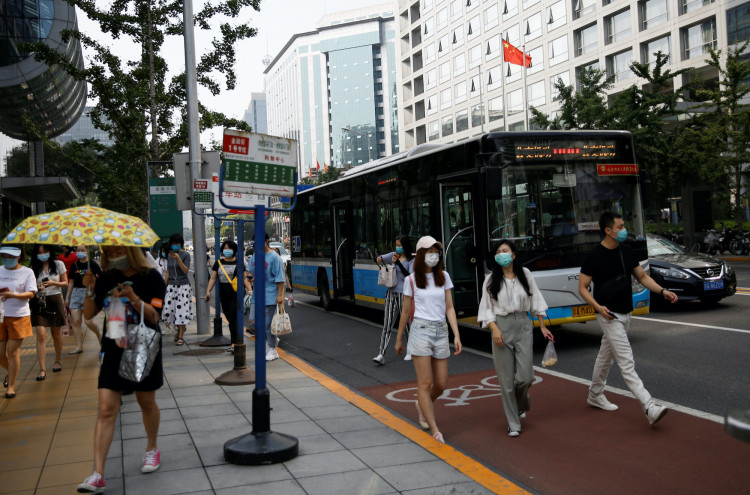China's economic expansion has shown signs of slowing in the first quarter of 2024, with projections indicating a growth rate of 4.6%, a decline from the 5.2% observed in the last quarter of 2023. This slowdown is attributed to a prolonged downturn in the property sector and faltering confidence in the private sector, which continues to pressure Beijing to deploy additional economic stimuli.
The expected deceleration, which would mark the weakest growth since the first quarter of 2023, comes despite a robust start to the year, sparking early optimism among some economists for a stronger performance in 2024. However, recent data on exports, consumer inflation, and bank lending in March suggest that the initial momentum may be waning, necessitating further government intervention to sustain demand.
According to Zong Liang, chief of research at the state-owned Bank of China, "I think Q1 GDP growth could be slightly stronger than expected-it may be close to 5%. The growth target is achievable as we still have more policy space." This comment highlights the delicate balance policymakers must maintain to meet the government's annual growth target of around 5%.
Data set to be released on Tuesday is not only expected to confirm the slowdown but also show a deceleration in industrial output and retail sales for March, further complicating the economic landscape. Analysts are closely monitoring these developments as indicators of the broader health of China's economy.
In response to these challenges, Beijing has signaled a commitment to ramp up its economic stimulus efforts. The government has increased the quota for local government special bond issuance to 3.9 trillion yuan ($538.79 billion) for 2024, up from 3.8 trillion yuan the previous year. Additionally, plans are underway to issue 1 trillion yuan in special ultra-long term treasury bonds to bolster key sectors.
The People's Bank of China (PBOC) has also pledged to enhance policy support this year and foster a price rebound. Market analysts anticipate that the central bank will reduce the banks' reserve requirement ratios (RRR) by 25 basis points in the third quarter, following a significant 50-basis point cut earlier this year-the largest in two years.
This financial strategy is not without its critics and risks. Just last week, Fitch revised its outlook on China's sovereign credit rating to negative, citing concerns over public finances as the government shifts its focus from the troubled property sector to infrastructure and high-tech manufacturing. This rating adjustment reflects growing apprehensions about the sustainability of China's debt-fueled growth model.
Moreover, the strategic pivot to infrastructure, while providing a temporary economic boost, does not address underlying issues of consumer reticence and corporate hesitancy to invest. These factors are essential for sustaining long-term growth and are critical areas that policymakers are trying to stimulate.






